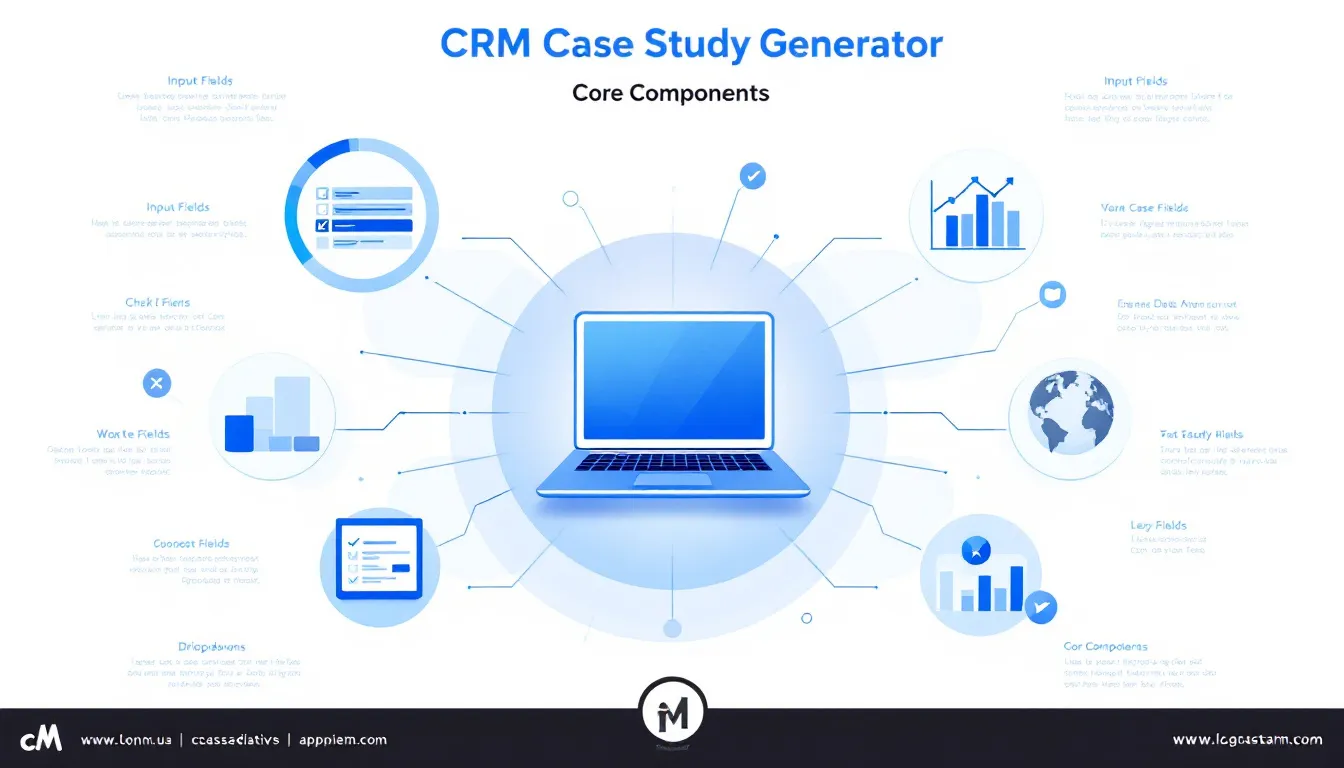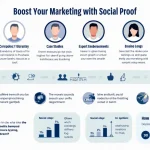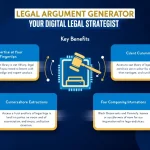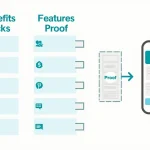Is this tool helpful?
How to Use the CRM Case Study Strategy Generator
This powerful tool helps you transform your CRM data into compelling case studies. Here’s a step-by-step guide to using each field effectively:
- Company Name: Enter your organization’s name (e.g., “TechSolutions Global” or “Healthcare Partners International”)
- Key CRM Data Points: Input significant metrics from your CRM system, such as “85% customer retention rate over 2 years” or “47% increase in customer lifetime value”
- Client Results: Detail specific outcomes achieved, including both quantitative and qualitative results
- Industry Focus: Specify your target sector for more contextualized recommendations
- Time Frame: Input the period covered by your case study
Understanding CRM Case Study Strategy Generation
The CRM Case Study Strategy Generator is a sophisticated tool designed to transform raw customer relationship management data into compelling narrative frameworks that demonstrate business value and success stories. It systematically analyzes your input to create structured case study outlines that highlight your organization’s achievements and customer impact.
Core Components of Effective Case Studies
- Problem identification and context
- Solution implementation details
- Quantifiable results and outcomes
- Customer testimonials and feedback
- Implementation timeline and milestones
Benefits of Using the CRM Case Study Generator
1. Strategic Data Organization
The tool helps organize your CRM data into meaningful narratives that resonate with potential clients and stakeholders. It transforms raw metrics into compelling stories that demonstrate your value proposition.
2. Enhanced Credibility Building
By structuring your success stories professionally, you create more impactful marketing materials that build trust and establish authority in your industry.
3. Time and Resource Optimization
The generator streamlines the case study creation process, reducing the time and resources typically required to develop compelling customer success stories.
4. Consistent Messaging
Ensures your case studies maintain consistent messaging and formatting across all customer success stories, strengthening your brand identity.
Addressing Business Needs Through Strategic Case Studies
The generator addresses several critical business challenges:
Lead Generation Enhancement
Case studies generated through this tool serve as powerful lead generation assets. For example, a software company using the tool created a case study showing:
- 38% reduction in customer onboarding time
- 143% increase in user adoption rates
- $2.1 million in cost savings for the client
Sales Cycle Acceleration
Well-structured case studies can significantly reduce sales cycle length. A manufacturing company leveraged the tool to create case studies that:
- Shortened their sales cycle by 27%
- Increased proposal-to-close ratio by 42%
- Generated 3.5x more qualified leads
Practical Applications and Use Cases
Technology Sector Example
A cloud services provider utilized the generator to create a case study highlighting:
- Migration success rate: 99.9%
- Downtime reduction: 78%
- Cost savings: $450,000 annually
Healthcare Industry Application
A healthcare software company generated a case study showcasing:
- Patient satisfaction improvement: 45%
- Administrative time reduction: 62%
- Revenue cycle optimization: 28% faster
Frequently Asked Questions
What makes an effective case study?
An effective case study combines quantifiable results with compelling storytelling, focusing on specific challenges, solutions, and measurable outcomes that demonstrate value to potential clients.
How long should my case study be?
Most effective case studies range from 800-1200 words, though length can vary based on complexity and scope of the project being described.
Should I include client testimonials?
Yes, authentic client testimonials significantly enhance case study credibility and impact. Include specific quotes that highlight key benefits and outcomes.
How often should I create new case studies?
Create new case studies quarterly or whenever you complete significant projects with measurable results that demonstrate your value proposition.
Can I use multiple case studies for different target audiences?
Yes, tailoring case studies to specific industries or challenge types helps resonate with different target audiences more effectively.
What types of metrics should I include?
Include both quantitative metrics (ROI, time savings, revenue growth) and qualitative outcomes (improved satisfaction, enhanced productivity, better workflow) to provide a comprehensive view of success.
How do I choose which projects to feature in case studies?
Select projects that demonstrate significant impact, have strong metrics, and represent common challenges your target audience faces.
Should I update existing case studies?
Yes, update case studies annually or when new significant results become available to maintain relevance and accuracy.
How can I maximize case study distribution?
Share case studies across multiple channels including your website, social media, email marketing, sales presentations, and industry publications.
What’s the best format for presenting case study data?
Use a combination of narrative text, bullet points, infographics, and testimonials to make information easily digestible and engaging.
Important Disclaimer
The calculations, results, and content provided by our tools are not guaranteed to be accurate, complete, or reliable. Users are responsible for verifying and interpreting the results. Our content and tools may contain errors, biases, or inconsistencies. We reserve the right to save inputs and outputs from our tools for the purposes of error debugging, bias identification, and performance improvement. External companies providing AI models used in our tools may also save and process data in accordance with their own policies. By using our tools, you consent to this data collection and processing. We reserve the right to limit the usage of our tools based on current usability factors. By using our tools, you acknowledge that you have read, understood, and agreed to this disclaimer. You accept the inherent risks and limitations associated with the use of our tools and services.







